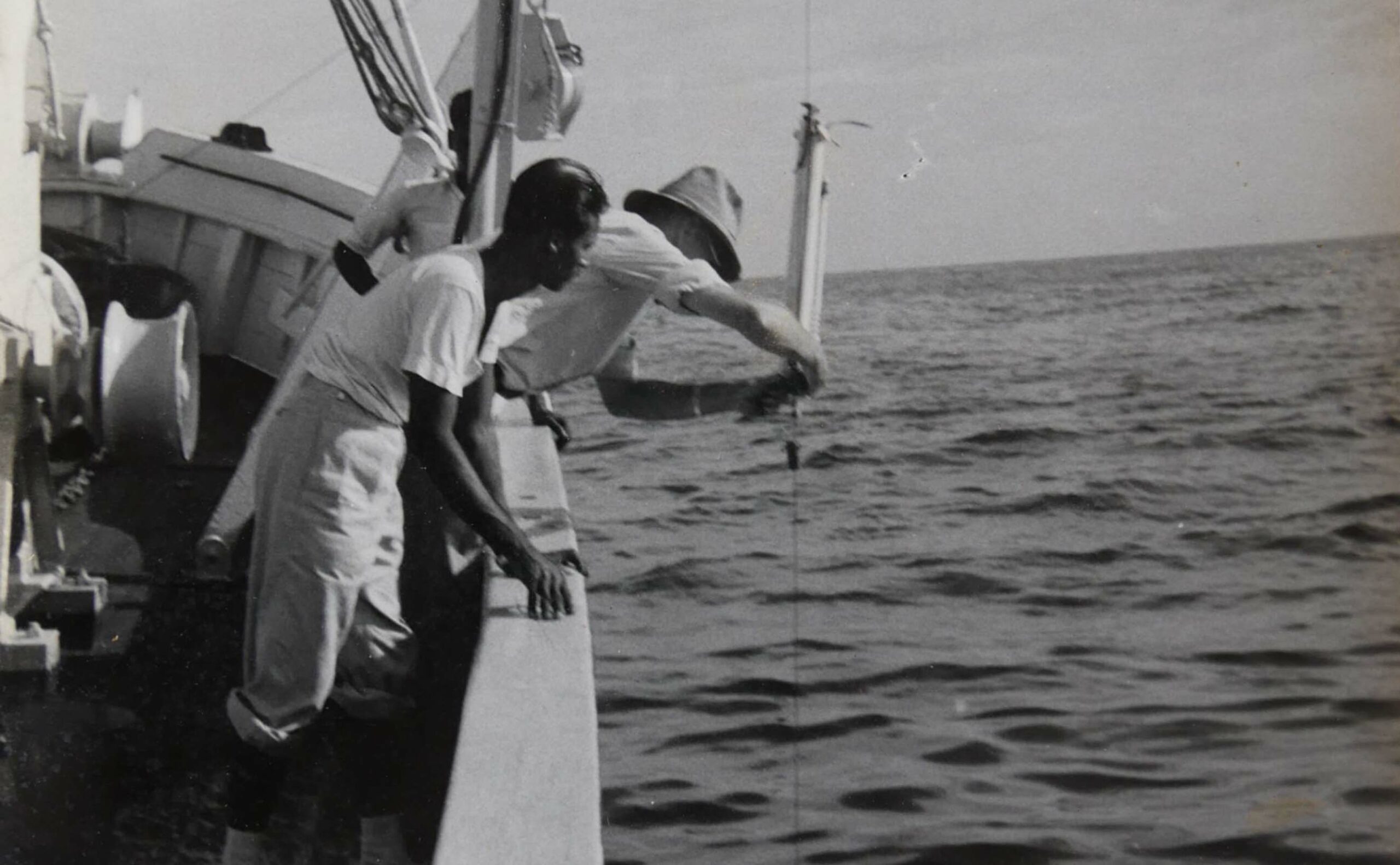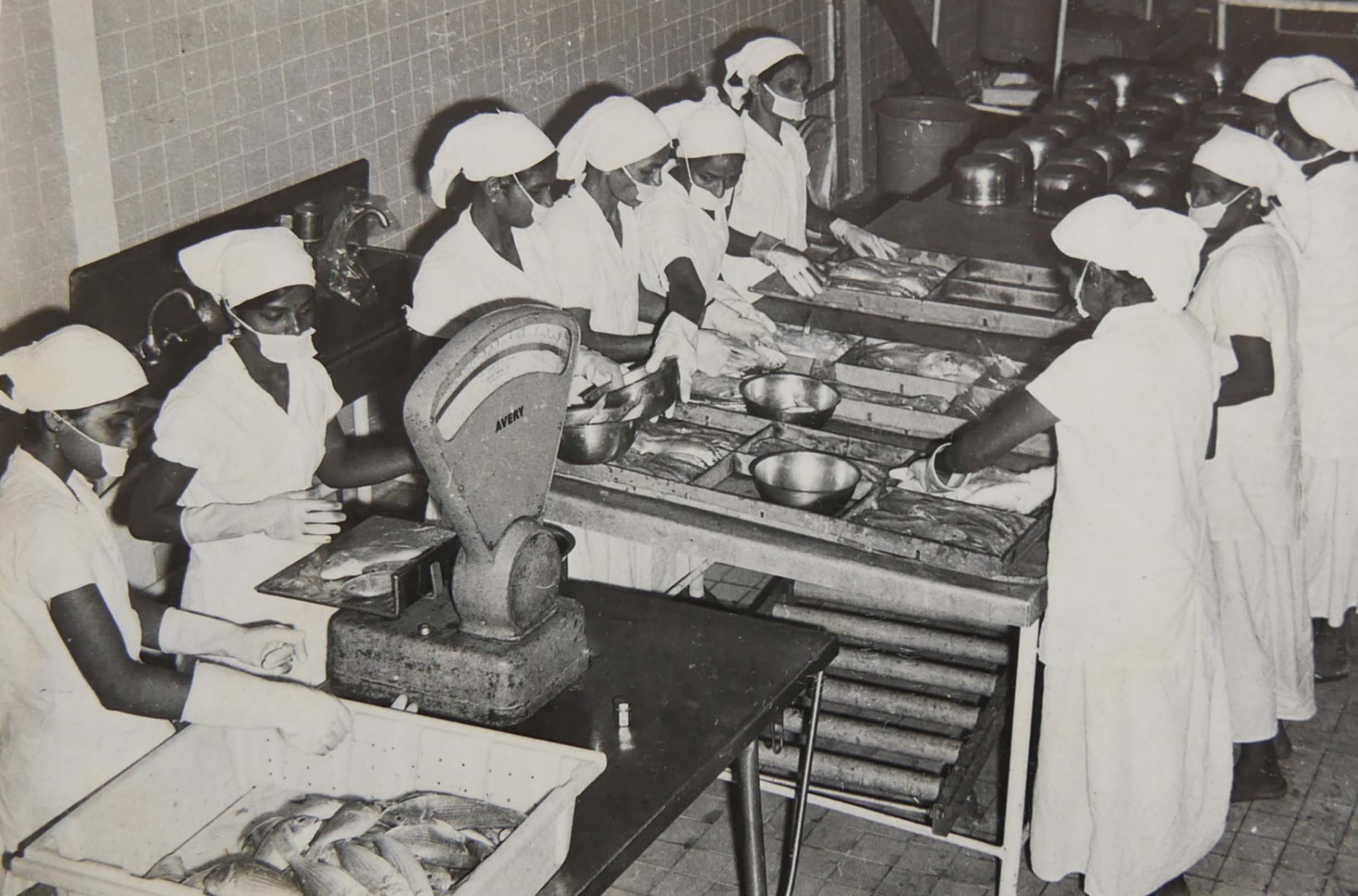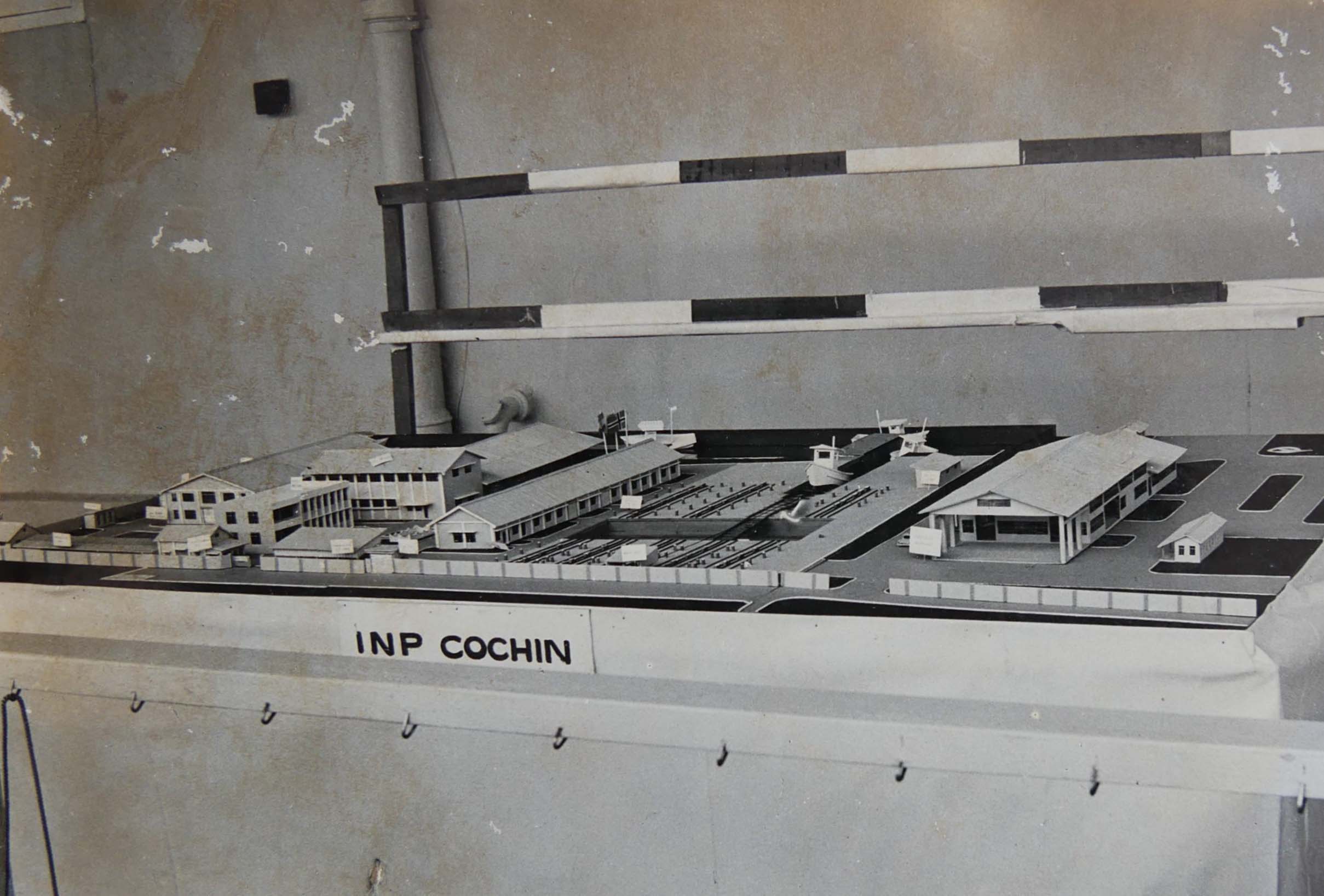
“When the Norwegians left, the project was renamed the Integrated Fisheries Project by the director, Devidas Menon, since the project involved various kinds of activities.” - K. Ravinath, former deputy director, NIFPHATT, 2023
The Beginning of the Integrated Fisheries Project
In 1972, the Indo-Norwegian Project (INP), which had brought about tremendous changes in the fishing industry in Kerala and other locations in India, ended. The headquarters at Ernakulam was handed over to the central government.
Five supplementary agreements had been signed with Norway and the UN to develop Indian fisheries since 1953. Of these, the third was implemented in 1972. Accordingly, the management of the Neendakara Project, where the INP started, was originally transferred to the Kerala State Department of Fisheries. Norway continued to support India’s fishing industry through the supply of equipment and expertise for further development of the fishing industry.

“The Integrated Fisheries Project had three divisions—Fish processing and marketing, experimental fishing and gear, and dry docking and repair. After the INP ended, in collaboration with the Food and Agriculture Organisation (FAO) and the Norwegians, a survey of the pelagic (open sea) resources was undertaken for five years. The Integrated Fisheries Project comprehensively surveyed the ocean from Goa to Cape Comorin. They even used helicopters to survey the flow of the fish shoals.” - K. Ravinath, former deputy director, NIFPHATT, 2023





"In those days, the trawlers used to bring lots of fish…literally, in tonnes. These fish did not have value, especially anchovies, pink perch, catfish, shark, and tuna. They did not fetch much money in the market. They were stockpiled in our storage. There was a limitation to how much could be sold through our stalls; hardly 300–400 people would buy from there; they would purchase 1–2 kg… So, the director, Devidas Menon, decided to diversify the selling process. The smaller fish were sorted, the bigger fish were cut, dried, and packed in half to one kg packets, and the fish was taken to places where it was needed or unavailable." - K. Ravinath, former deputy director, NIFPHATT, 2023
"It was a great success. I accompanied my colleagues to the markets, and we used to announce using megaphones. We would demonstrate—fry the fish and eat in front of them, especially fish like the catfish, which was not accepted in the market… We marketed it with emphasis on vitamins and nutritious value.”- K. Ravinath, former deputy director, NIFPHATT, 2023

The fish was taken to the hinterlands like Thodupuzha and Kattapana in the past. The fresh fish was sent in one truck, and the processed fish was sent in another truck to far-off markets. A drier was installed to preserve these fish.



Exhibitions were held to develop awareness among the people about the project and the products… It was to create a need for the diverse products.” - K. Ravinath, former deputy director, NIFPHATT, 2023

Fisheries Fairs
In the initial years of the INP and the Integrated Fisheries Project, several exhibitions were held in the Kochi office and other locations in the city. The other fisheries-related departments were invited to put up their stalls at these exhibitions. Machinery and equipment-making firms also had stalls showcasing their products used in the fishing industry.




Trifurcation of the Integrated Fisheries Project
The three divisions of the Integrated Fisheries Project were divided into three separate divisions in the early twenty-first century. The central government moved the fishing vessels and gear from the Integrated Fisheries Project to the Fishery Survey of India (FSI). National Institute of Post-Harvest Technology and Training (NIFPHATT) was directed to concentrate more on fish processing, post-harvest technology, and training. The name was changed to NIFPHATT in 2008.
Some other processes were given to the Central Institute of Fisheries Nautical and Engineering Training (CIFNET). Thus, the Integrated Fisheries Project was divided into three departments—NIFPHATT, FSI, and CIFNET. NIFPHATT has retained the original building and some of the equipment from Kochi.

This was a political or bureaucratic decision taken at the centre.” - K. Ravinath, former deputy director, NIFPHATT, 2023



The training calendar at the institute is pretty full throughout the year.” - Varghese John, Marketing Officer, NIFPHATT, 2023
NIFPHATT at present
NIFPHATT originally functioned under the agricultural ministry. The present government instituted a Ministry of Fisheries and NIFPHATT now works under this ministry. The staff at NIFPHATT does fish processing, testing, training, and marketing. The government has instructed the institution to work towards human resource development and skill upgradation programmes. Students who study food technology and fisheries-related courses are given hands-on training on product development and processing of fish products.


These students study the theory at college but do not get practical experience. Private industries will not allow the students to enter as there are industry secrets they would not want to be publicly known. So, NIFPHATT steps in and provides the required training to students." - Varghese John, Marketing Officer, NIFPHATT, 2023

Fisherwomen are trained on-site and are also brought to the NIFPHATT office. NIFPHATT has connections with NGOs that bring in the fisherfolk for training. The idea is to make them self-sustainable. They are taught to convert the fish into a product instead of just selling it. If they can use, preserve, and market it adequately, the returns will be higher—that is the basic concept. Though, there has been development in fishing techniques, gear, and processing, there is room for improvement.
